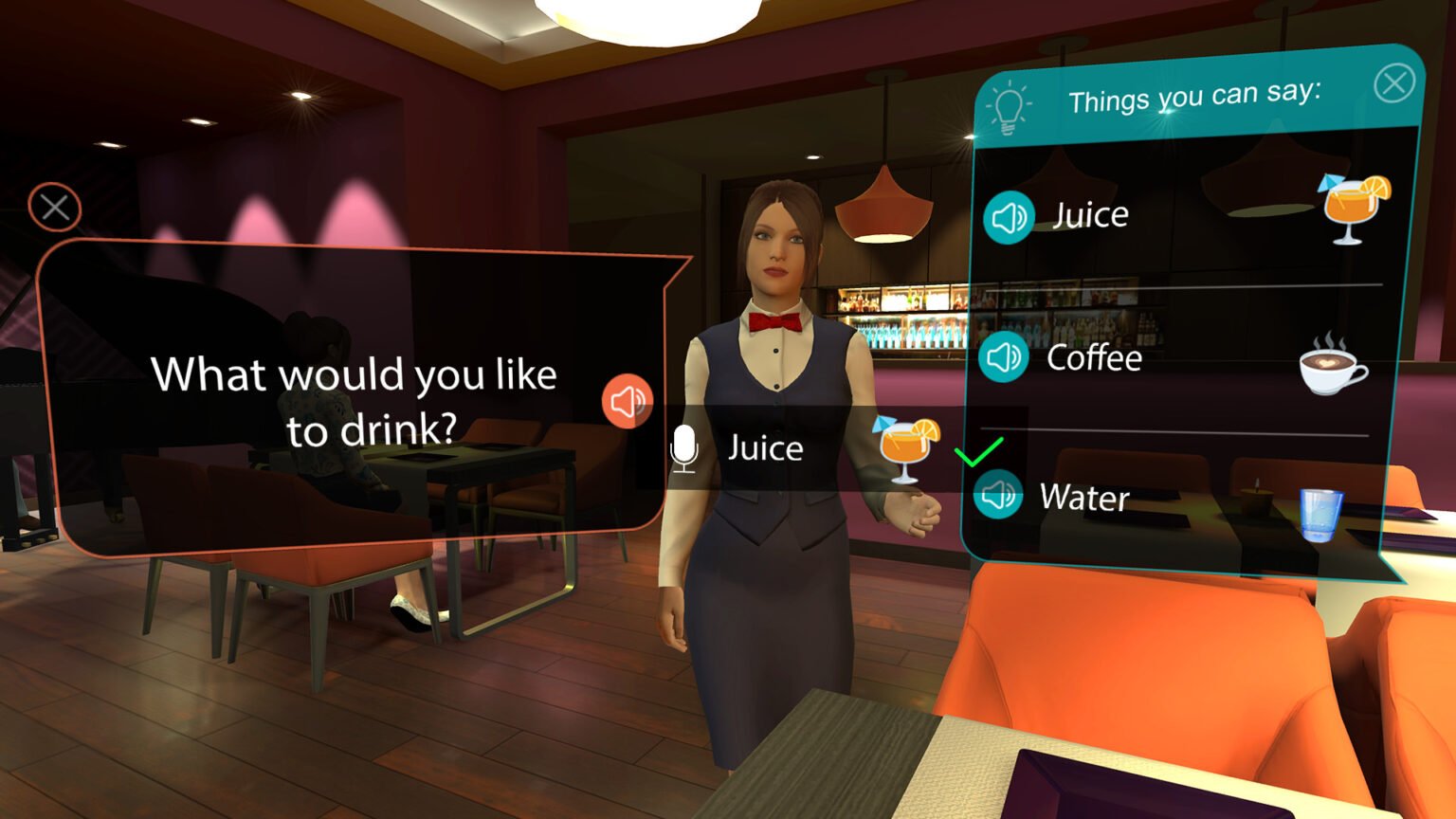Learning Languages Feels Like Leveling Up
Let’s face it — traditional language courses can be a drag. Monotone lessons, endless flashcards, and grammar drills that feel more like chores than progress.
But in 2025, gamification is transforming online learning — and Mondly is at the forefront. With smart use of game mechanics like streaks, leaderboards, rewards, and real-world simulations, Mondly makes learning a new language feel more like unlocking achievements than memorizing vocab.
🔗 Try Mondly Today and Experience the Difference → Learn Languages with Mondly
🎮 What Is Gamified Learning — and Why Does It Work?
Gamification brings game-like features into education. Think:
- Points for completing lessons
- Badges for milestones
- Leaderboards to spark friendly competition
- Real-time feedback and interactive practice
It’s not just “fun” — it’s science-backed. Dopamine kicks in every time you hit a goal or maintain your streak, reinforcing good habits and helping knowledge stick.
🌟 How Mondly Uses Gamification to Make You Fluent
Here’s how Mondly applies gamification in all the right ways:
1. Daily Streaks and XP = Language Habit Formation
Open the app, do your 5-minute lesson, and you’re rewarded with XP. Do it again tomorrow — and the next day — and your daily streak grows.
That sense of consistency keeps you coming back, and before you know it, you’ve completed 30 days straight.
2. Achievements That Actually Mean Something
Mondly tracks your progress and gives you instant feedback. Whether you’re acing a pronunciation exercise or completing a themed lesson pack, you’ll earn:
- Badges for completing modules
- XP for performance
- Unlockables for continued learning
It’s learning — but it feels like leveling up in a game.
3. Leaderboards: Learn More, Climb Higher
Want a little friendly pressure? Mondly’s global leaderboards show how you rank against other learners.
This feature motivates users to stay consistent, push a little harder, and beat their personal best — or their friends’.
4. Speech Recognition and Instant Feedback
One of Mondly’s strongest features is its speech recognition. You practice real conversations, and the app instantly corrects your pronunciation.
That immediate feedback improves fluency and builds confidence fast.
5. Augmented Reality and Chatbot Conversations
Yes, you read that right. Mondly includes AR experiences and lifelike chatbot conversations, turning passive learning into real-world simulations.
You don’t just learn words — you use them in context. This type of scenario-based practice prepares you for real-life conversations, not just tests.
🧠 Why Mondly’s Approach Actually Works
Mondly’s gamified approach taps into:
- ✅ Intrinsic motivation (learning because it’s fun)
- ✅ Extrinsic rewards (badges, XP, ranks)
- ✅ Social accountability (leaderboards)
- ✅ Memory reinforcement (through repetition and instant feedback)
Together, these elements make language learning something you want to do — not something you have to do.
🏁 Final Word: If You Want to Stick With It, Try Mondly
Let’s be real: learning a language is a journey. You need motivation, structure, and feedback. Mondly offers all three — and it does it in a way that makes learning feel like play.
If you’ve struggled to stay consistent with other apps or traditional courses, it might be time to switch things up.
🔗 Start your language learning adventure with Mondly → Click here to begin


